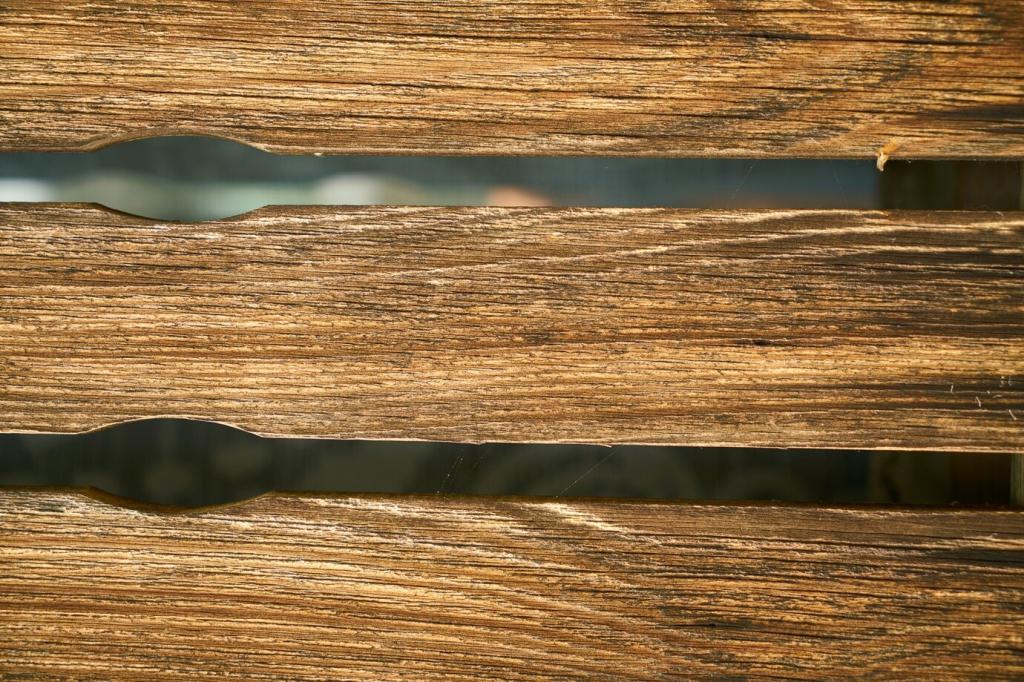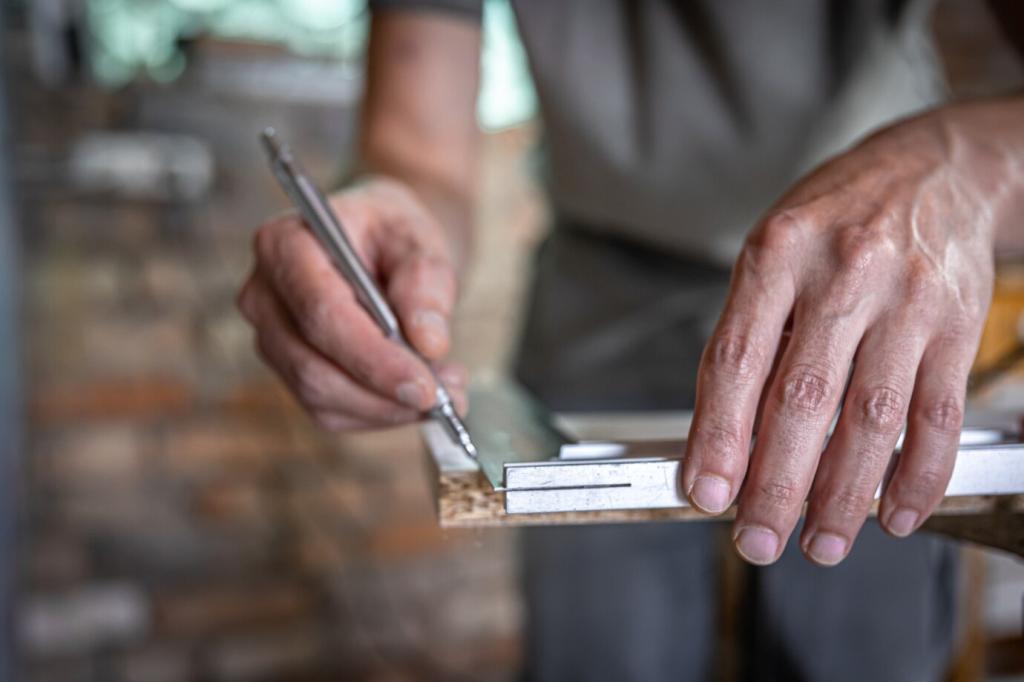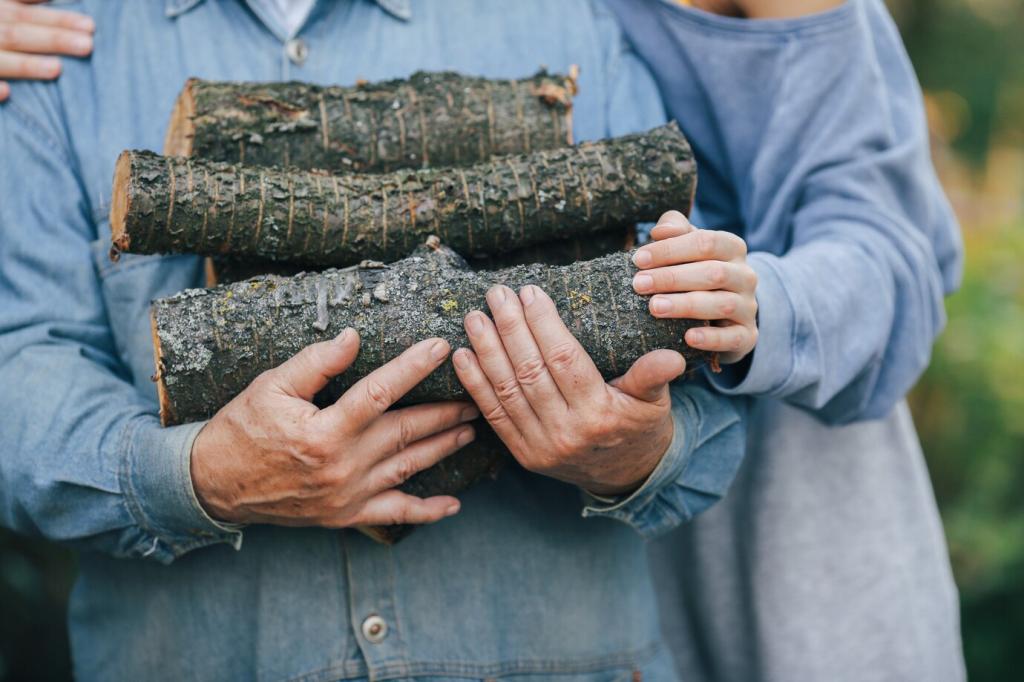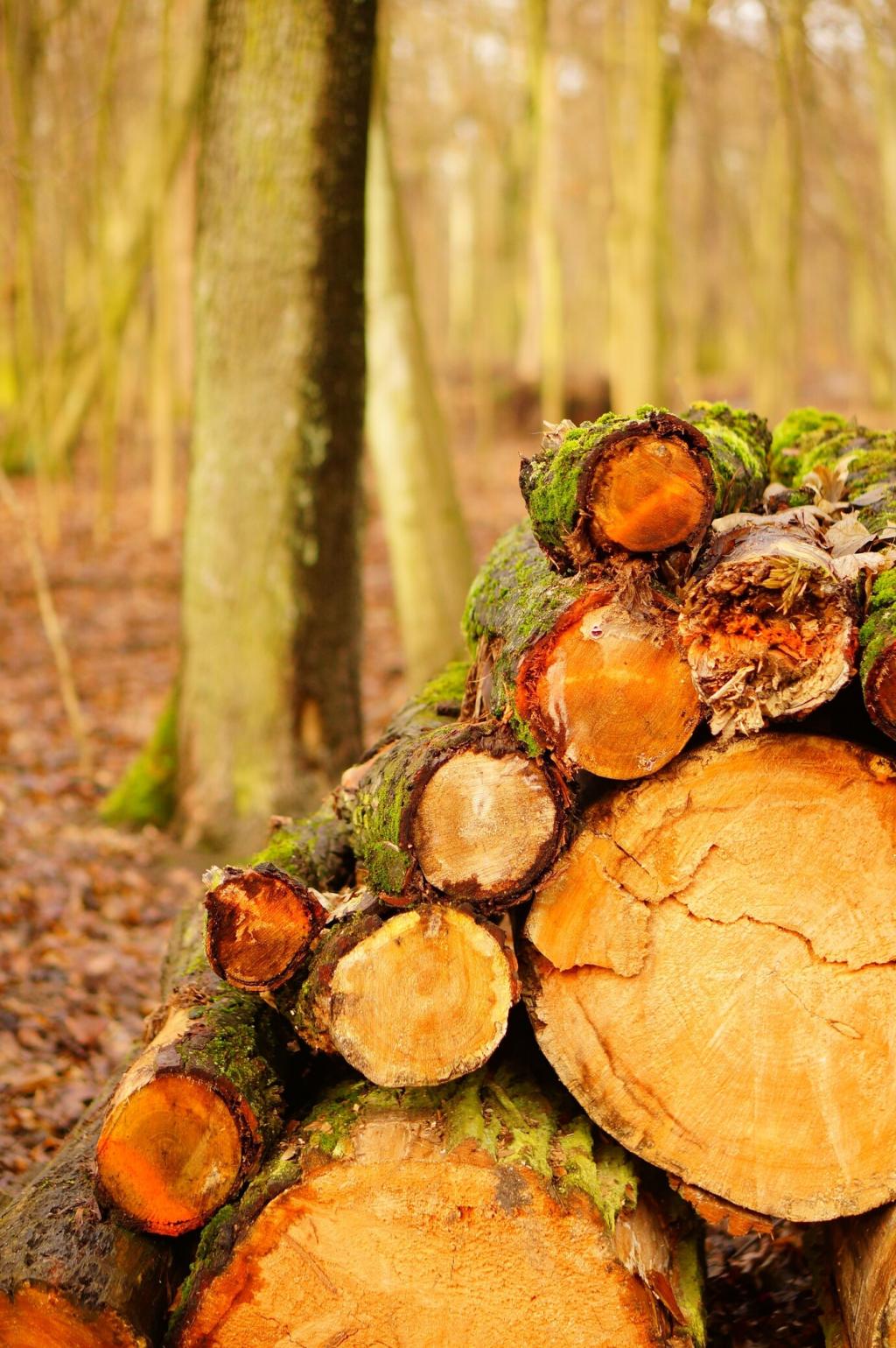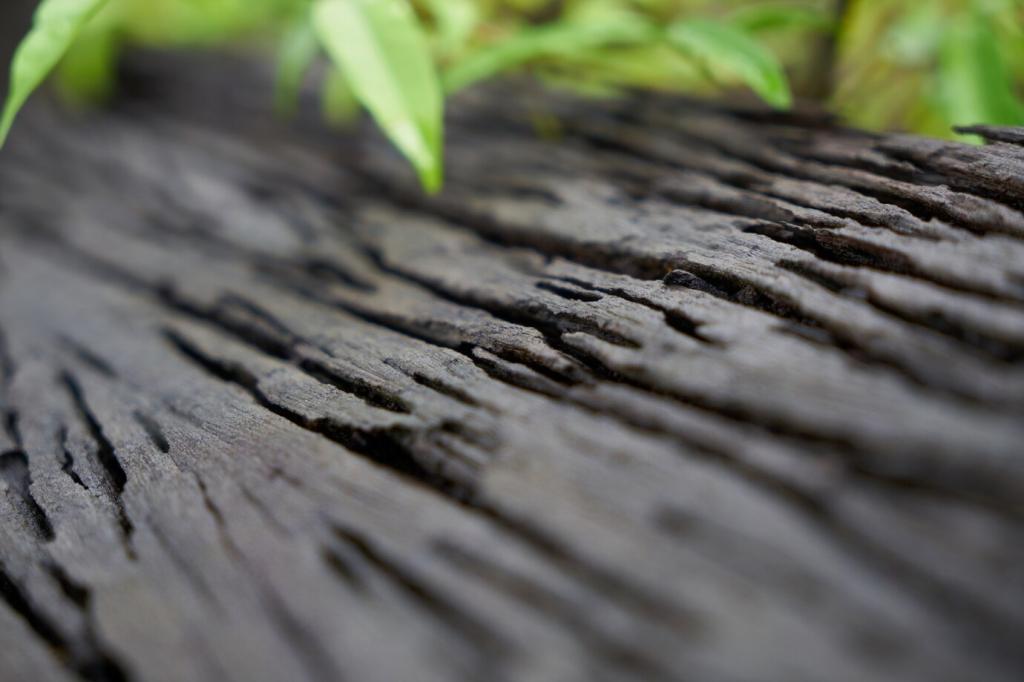Stories from the Bench
I watched a cedar chest bloom under four thin coats of tung oil, each buffed by lamplight while stories unfurled. The grain seemed to breathe. Share the heirloom you’re restoring and what you hope people will feel when they lift its lid years from now.
Stories from the Bench
A violin maker swore by a lean linseed–rosin mix, cured for weeks to avoid dampening resonance. The glow was quiet, not flashy, and the wood felt alive. Curious about instrument-safe finishes? Ask your questions; we’ll gather expert tips for an upcoming deep dive.


